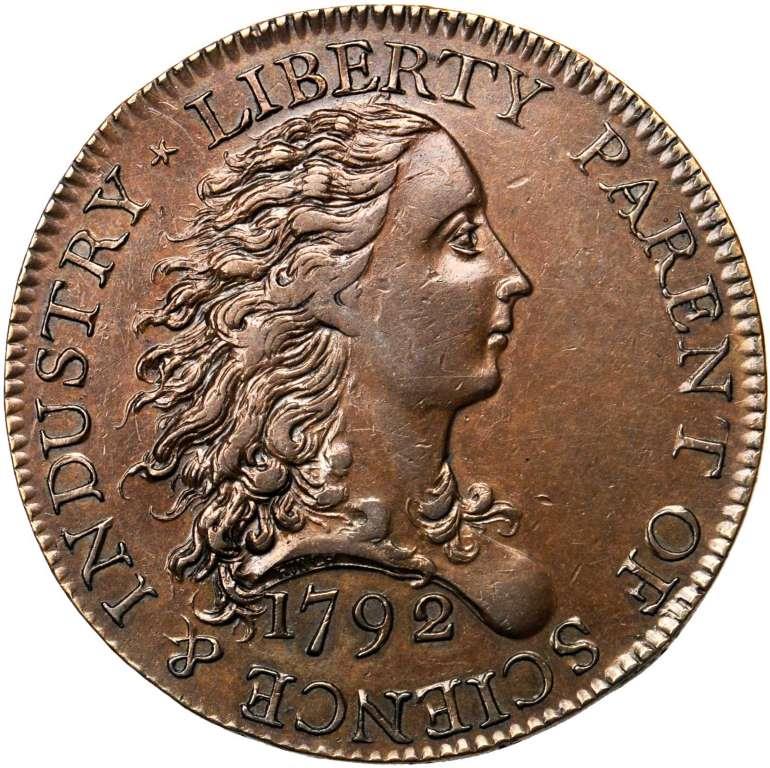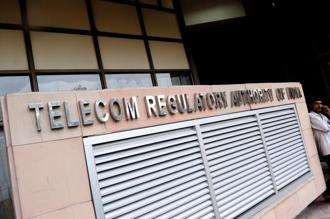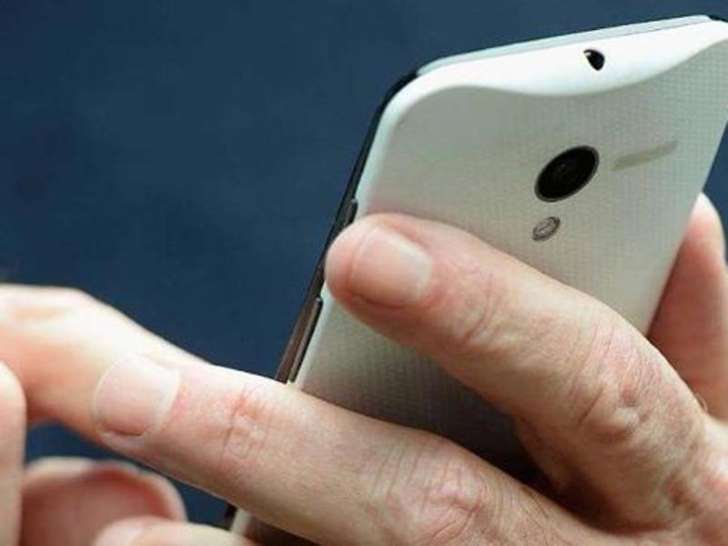March 27, 2015
Baltimore, Maryland – A handful of copper Birch Cents would have bought a meal of cold meat and a pint of beer at an early 19th-century American tavern, but at an auction in Baltimore late Thursday night, one fetched nearly $1.2 million.

March 27, 2015
Baltimore, Maryland – A handful of copper Birch Cents would have bought a meal of cold meat and a pint of beer at an early 19th-century American tavern, but at an auction in Baltimore late Thursday night, one fetched nearly $1.2 million.

A 1792 penny known as a Birch Cent which was auctioned in Baltimore March 26, 2015 for more than $1 Million.
"Going once, looking for $1.1 million," cried auctioneer Melissa Karstedt, standing on the podium of a carpeted room at the Baltimore Convention Center during the Whitman Coin & Collectibles Expo, which runs through Saturday. "Going twice, any advance on $1 million? Last call. … Sold for $1 million to bidder 280."
With a 17.5 percent buyer's premium, the final price came to $1.175 million. The winning bidder, a balding man in glasses wearing a dark blue shirt and jeans, chose to remain anonymous, saying only that he was from Texas.
In the catalog published by the expo auctioneer, Stack's Bowers Galleries, the "The Magnificent Bushnell-Parmelee Jenks-Col. Green 1792 Birch Cent" was described as "simply, the first of a cultural phenomenon that is known the world over: it is the first American cent."
Stamped in Philadelphia in the summer of 1792, the coin was named for its designer, Robert Birch. About the size of a modern quarter, it bears on one side a profile of Lady Liberty, her wavy hair flowing, and on the other a wreath.
The Birch Cent had driven online bidding to $850,000 before live bidding even began shortly before 11 p.m. Thursday.
It's not known how many Birch Cents were minted, but only 11 are known to remain, and only seven in the design of the coin up for auction. Earlier this year, another 1792 Birch Cent of the same design, one in "mint state" condition, sold at auction for $2.585 million.
Also going for a lofty price Thursday night was an 1861 Confederate silver half-dollar that sold for $646,250.
A 1792 cent made of copper with a silver plug in the center went for $499,375. The silver-copper cent was the result of a collaboration between Thomas Jefferson and American revolutionary Thomas Paine. Letters show that the two men exchanged ideas about coinage at the time, with Paine suggesting the hybrid copper-silver penny, also showing Lady Liberty on one side and a wreath on the other.
Vicken Yegparian, Stack's Bowers' vice president of numismatics – the study or collection of currency – said he was happy with the price of the Birch penny.
"Any million-dollar thing in numismatics is significant," he said. "It's not every day you sell a million-dollar rarity."
An array of motivations drive coin collectors, said Yegparian, who has been with the company for 15 years and collecting coins himself for about 30 years.
"The primary motivation is a love of history, a love of the beauty and the lore of the coin," he said. "In the top-tier pieces, some of it is just bragging rights: 'I have something you don't.'"
Rare coins don't always appreciate significantly in value, but sometimes the return on investment is impressive. An 1861 Confederate silver half-dollar, like the one auctioned Thursday night, sold in 2003 for $630,000 and earlier this year for $850,000, Yegparian said.
The Birch Cent was one of 560 lots in the Henry P. Kendall Foundation Collection of metal coins, medals and commemorative tokens, as well as notes made of paper, parchment and sealskin. Stack's Bowers estimated the collection's value between $5 million and $10 million.
The bidding Thursday night included the Kendall Foundation's collection of 130 silver coins minted in Massachusetts in the 1650s and 1660s. In shilling, sixpence, three pence and two pence denominations, the coins showed significant wear. On some, only the letters "NE," for New England, were visible on one side, with the Roman numeral "VII" on the other. One 1652 shilling had been clipped into two halves to make change, a common practice of the day.
Randy Burge said he flew to Baltimore from Seattle for the coin auction, with his eye on three Confederate coins in particular. One of them, the silver half-dollar minted in 1861, is one of only four known to exist, and of that quartet, two are not expected to be made available anytime soon.
Burge, 52, who works in investing, said the coin was far out of his price range, but he has been collecting coins since he was a boy filling penny books, and has been a serious collector for about 20 years.
"I like the history," he said. "I try to picture what it would have been like then. It sort of brings it all to life a little. …You hold a coin minted in the 1840s, you think: 'This thing has been around 140 years. What's it been through?' "
Courtesy: Baltimore Sun
















































































































